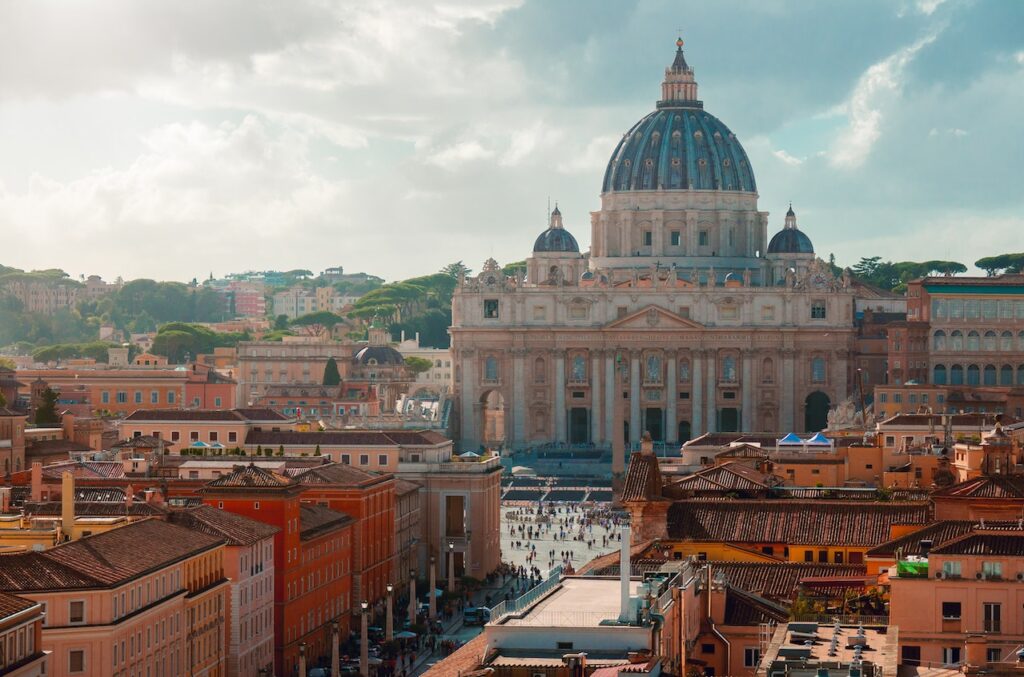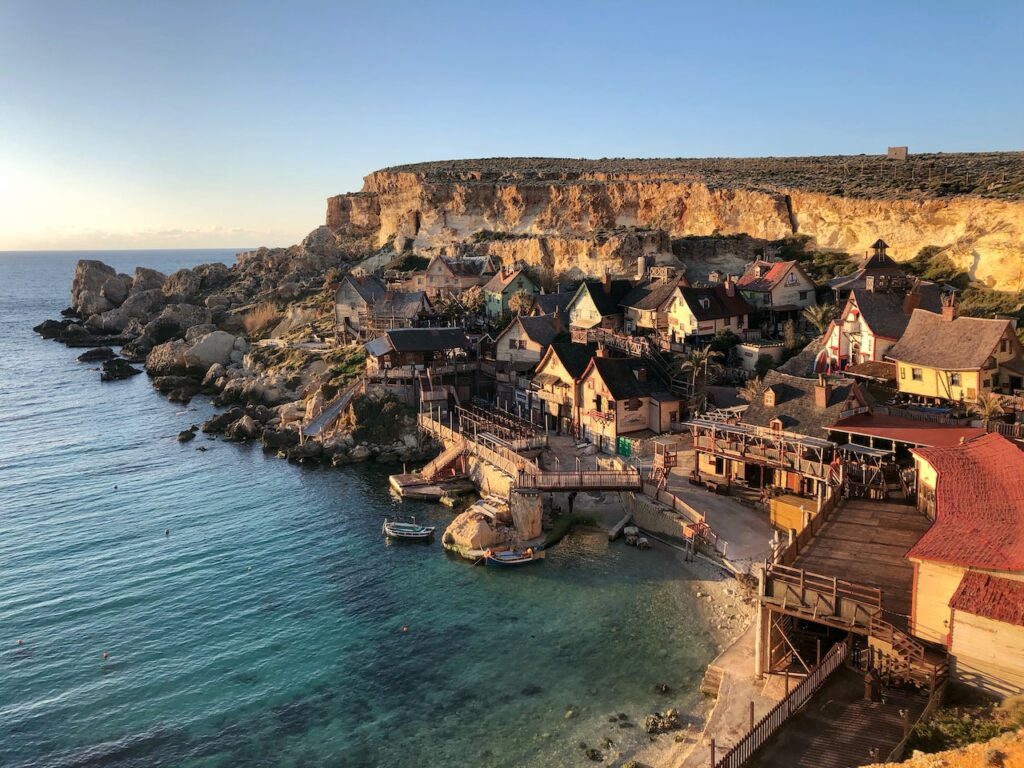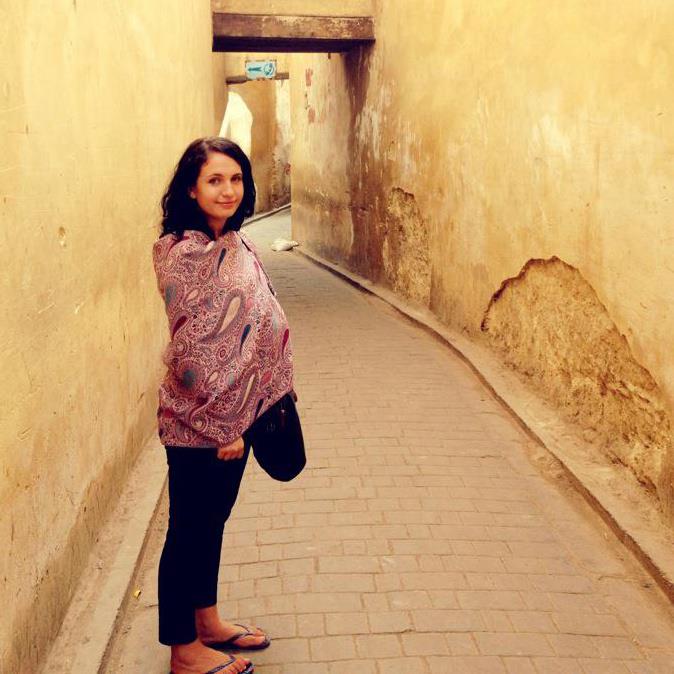Nestled within the bustling city of Rome lies a unique and fascinating destination: Vatican City, the smallest country in the world. Encompassing a mere 44 hectares (110 acres), it boasts a rich history and serves as the spiritual center for millions of Roman Catholics worldwide. In spite of its minuscule size, this independent city-state is renowned for its cultural and religious significance.
Established in 1929, following the signing of the Lateran Treaty between the Holy See and Italy, Vatican City operates as a sovereign entity separate from its Italian surroundings. Governed by the Pope as an absolute monarchy, it functions as the headquarters of the Roman Catholic Church, showcases stunning architectural masterpieces, and houses invaluable cultural treasures.
Visitors to Vatican City are easily captivated by its iconic landmarks, including St. Peter’s Basilica, the Vatican Museums, and the Sistine Chapel, which display the genius of artists like Michelangelo and Raphael. As the smallest country in the world, Vatican City not only represents the epitome of religious power but also stands as a testament to human creativity and cultural significance in a compact space.

Top 10 Smallest Countries
Vatican City
Vatican City, also known as the Holy See, is the smallest country in the world with an area of just 44 hectares (110 acres) and a population of around 800. It is an independent city-state and serves as the spiritual and administrative center of the Roman Catholic Church.
Monaco
Monaco, a city-state on the French Riviera, ranks as the second smallest country in the world. It covers an area of 2.02 square kilometers (0.78 square miles) and houses a population of approximately 38,000 residents. Monaco is famous for its luxurious lifestyle and world-class events like the Monaco Grand Prix.
Nauru
Nauru, an island country in the Pacific Ocean, spans 21 square kilometers (8.1 square miles) with about 10,000 inhabitants. It is the third smallest country globally and has significant wealth derived from phosphate deposits found on the island.
Tuvalu
Located in the Pacific Ocean, Tuvalu covers 26 square kilometers (10 square miles) and consists of nine atolls with a population of approximately 11,000. It is the fourth smallest nation and faces challenges such as a fragile ecology and rising sea levels.
San Marino
San Marino, the fifth smallest country, is an enclave in Italy, covering an area of 61 square kilometers (23.6 square miles). With a population of around 33,000, it is also one of the oldest republics in the world.
Liechtenstein
Liechtenstein, a landlocked European microstate, spans 160 square kilometers (61.8 square miles) between Austria and Switzerland. With a population of around 38,000, it is known for its banking and financial services.
Marshall Islands
Located in the Pacific Ocean, the Marshall Islands cover 181 square kilometers (69.9 square miles) and consist of 29 atolls and five volcanic islands. The country has a population of roughly 59,000 and faces environmental challenges such as rising sea levels.
Saint Kitts and Nevis
Saint Kitts and Nevis, a two-island country in the Caribbean, encompasses 261 square kilometers (100.7 square miles). With a population of about 53,000, it is the smallest sovereign state in the Western Hemisphere.
Maldives
The Maldives, an island nation in the Indian Ocean, covers 298 square kilometers (115.1 square miles) and consists of 26 atolls. It is famous for its breathtaking natural beauty, luxury resorts, and abundance of marine life, accommodating around 540,000 residents.
Malta
Lastly, Malta forms the 10th smallest country with an area of 316 square kilometers (122 square miles). Located in the Mediterranean Sea, it is made up of three main islands with a population of about 502,000. Malta is known for its rich history, diverse architecture, and beautiful landscapes.

Geographical Overview
Europe
The smallest country in Europe, and in the world, is Vatican City (0.44 km²). It is a landlocked city-state entirely surrounded by Rome, Italy, and it is the center of the Catholic Church. This tiny nation holds significant religious and cultural importance, and it attracts millions of visitors annually to its historical sites, such as St. Peter’s Basilica and the Vatican Museums.
Oceania
In Oceania, the smallest country is Nauru (21 km²), a small island in the Pacific Ocean. This Micronesian country consists of just one island, but it is home to a unique culture and history. Nauru’s economy heavily relies on phosphate mining, which has led to severe environmental degradation over time.
Caribbean
The smallest country in the Caribbean is Saint Kitts and Nevis (261 km²). This two-island nation is known for stunning sandy beaches and lush tropical landscapes. The islands are of volcanic origin and have a rich history, including the remnants of sugar plantations that date back to the colonial era.
Indian Ocean
The title for the smallest country in the Indian Ocean goes to the Maldives (298 km²). It is an archipelago of 26 atolls, comprising over 1,000 coral islands. Renowned for its idyllic beaches, vibrant coral reefs, and diverse marine life, the Maldives is a popular tourist destination. Due to its low altitude, the Maldives faces significant risks associated with climate change and rising sea levels.
Factors Defining a Microstate
Land Area
A microstate is a small country with a limited land area. Generally, microstates have land areas of less than 1,000 square kilometers. For example, Monaco, the smallest country in terms of land area, covers just 2.02 square kilometers.
Population
Another defining factor of a microstate is its population size. Typically, microstates have populations of fewer than a million people. Certain microstates, like Nauru and Tuvalu, have populations of less than 10,000. This small population size allows for a close-knit community, but may also pose challenges such as limited resources and workforce.
Sovereignty
Despite their small size, microstates are typically recognized as sovereign entities with full governmental control over their territories. They have the ability to enter into international agreements and maintain diplomatic relations with other countries. However, the small size and limited resources of microstates can lead to a reliance on larger neighboring countries for support in areas such as defense and foreign policy.
In summary, microstates are small countries characterized by their limited land area, small population size, and sovereign status. These factors contribute to the unique challenges and opportunities faced by these tiny nations.
Economies and Political Systems
The smallest country in the world, Vatican City, has a unique political and economic system. As a theocratic absolute monarchy, it is governed by the Pope, who has full legislative, executive, and judicial power. The economy of Vatican City is primarily supported by donations from Roman Catholics worldwide, tourism, and the sale of publications, coins, and postage stamps.
Some other small nations also have distinct political and economic systems. For example, the Republic of San Marino is the world’s smallest republic, with an area of just over 61 square kilometers. Its political system is based on a combination of parliamentary and direct democracy, with two Captains Regent serving as heads of state. The economy relies mainly on tourism, the sale of its collectible coins and stamps, and its VAT-free status, attracting shoppers from neighboring Italy.
Another interesting case is the Commonwealth Realm of Tuvalu, consisting of nine small islands in the Pacific Ocean. As a member of the Commonwealth, its head of state is Queen Elizabeth II, and it has a parliamentary system of government. Tuvalu’s economy is primarily based on:
- Fishing and agriculture
- Tourism aimed at eco-travelers and adventurous visitors
- The lease of its internet domain, .tv, which generates significant revenue
In general, these smallest countries in the world tend to have limited natural resources and small populations, which can pose challenges to their economic development. Nevertheless, they often find creative ways to leverage their unique geography, political systems, or other assets to support themselves and maintain a high standard of living for their citizens.
Threats to Smallest Countries
Climate Change and Rising Sea Levels
One of the major threats facing the smallest countries in the world is climate change and rising sea levels. As global temperatures continue to rise, glaciers and ice caps are melting, causing the sea levels to rise at an alarming rate. This becomes a significant issue for small island nations, such as Tuvalu and the Maldives, which are only a few meters above sea level.
These countries are extremely vulnerable to the effects of climate change. Coastal erosion, flooding, and saltwater intrusion into freshwater supplies are common concerns. Additionally, extreme weather events, such as storms and hurricanes, can cause further devastation to these nations.
Loss of Sovereignty and Independence
Another threat that smallest countries face is the potential loss of sovereignty and independence. Due to their small size and often limited resources, these countries can be more vulnerable to external pressures, such as economic coercion or military aggression from larger nations.
In some cases, these pressures can lead to a loss of political autonomy, as small countries may be forced to make concessions in order to maintain good relations with larger, more influential nations. This can result in a diminished sense of national identity and pride.
Furthermore, the economic dependency on larger nations makes it difficult for small countries to diversify their economies and develop self-sufficient industries. This reliance on external support can make it challenging for small countries to maintain their independence and sovereign state status.
In conclusion, smallest countries in the world face unique and significant threats, such as climate change and rising sea levels, as well as the potential loss of sovereignty and independence.
Some Notable Microstates
Andorra
Located in the Pyrenees mountains between Spain and France, Andorra is a small, landlocked microstate with an area of 468 square kilometers. Its population is around 77,000, and the official language is Catalan. Andorra’s economy relies heavily on tourism, particularly for skiing and other winter sports, and duty-free shopping. Additionally, the banking sector contributes significantly to the nation’s GDP.
Singapore
Singapore is a city-state and island nation in Southeast Asia. With a land area of approximately 728 square kilometers, it is among the smallest countries globally. Despite its small size, Singapore boasts a diverse population of nearly 6 million people and is a global economic powerhouse. The nation has a highly developed market economy, focusing on key sectors like manufacturing, finance, and logistics. Singapore is also known for its clean streets, low crime rate, and strict laws.
Palau
Palau is an island nation located in the western Pacific Ocean, with a land area of 459 square kilometers. Comprised of around 340 islands, Palau has a small population of approximately 18,000 people. The official languages are Palauan and English. The country’s economy is primarily based on tourism, especially scuba diving and snorkeling, and the agriculture and fishing sectors. Palau is also famous for its abundant marine life and pristine environment.
Seychelles
The Seychelles is a group of 115 islands located in the Indian Ocean, with a land area of 459 square kilometers. Its population is around 98,000 people, and the official languages are Seychellois Creole, English, and French. The country’s economy is based on tourism, specifically luxury resorts, and the fishing industry, which includes exporting canned tuna. The Seychelles is also known for its stunning beaches and unique wildlife, drawing nature enthusiasts from around the world.
Trivia and Fascinating Facts
The smallest country in the world is Vatican City, also known as the Holy See. It is located in the heart of Rome, Italy, and is the spiritual center for millions of Roman Catholics. Although it is a landlocked country, Vatican City boasts some interesting and unique features.
- Total land area: With an area of only 44 hectares (110 acres), Vatican City holds the title for the smallest country not only in terms of land area but also population size, with around 800 residents.
- Rivers: Despite being landlocked and having no coastline or major rivers, Vatican City still has a water source called the Fontana dell’Aquilone in its Vatican Gardens, which provides water for its inhabitants.
- The Pope: Vatican City is the residence of the Pope, who is the head of the Roman Catholic Church and the sovereign of the country. The Pope holds absolute executive, legislative, and judicial power within Vatican City.
- Continent: Vatican City is located on the European continent and is surrounded entirely by Italy. It is the smallest member state of the United Nations by both area and population.
- European Union: Vatican City is not a member of the European Union (EU), but it maintains a unique relationship with the bloc. The Vatican uses the Euro as its official currency and has several agreements with the EU on certain matters.
- Languages: The official language of the Vatican is Italian, and Latin is commonly used in official documents and for religious purposes. English is also spoken widely among the city’s inhabitants.
- Culture: Despite its small size, Vatican City still has a rich cultural heritage. The Vatican Museums house an extensive collection of artworks and historical relics, and the iconic St. Peter’s Basilica attracts millions of tourists annually.
From its unique political status to its rich cultural and religious history, Vatican City is truly a fascinating place to learn about despite being the smallest country in the world.



